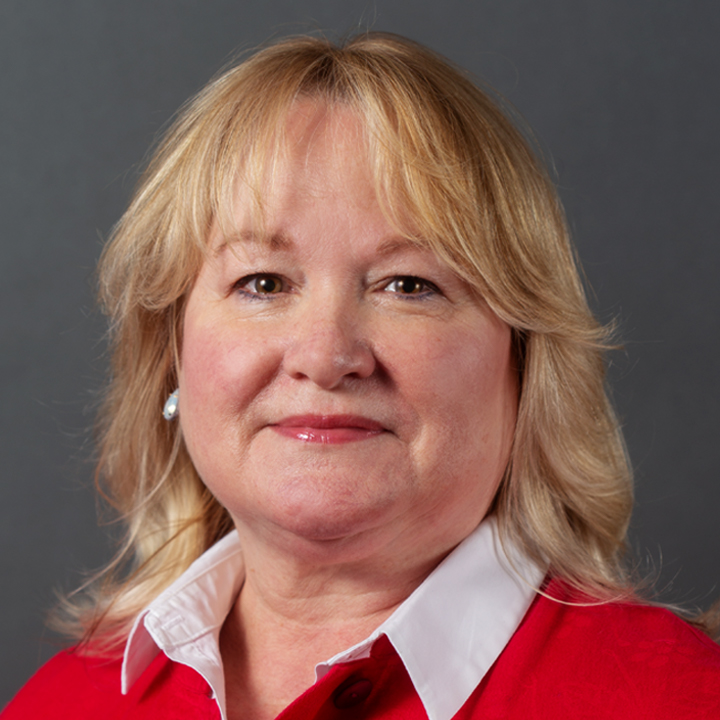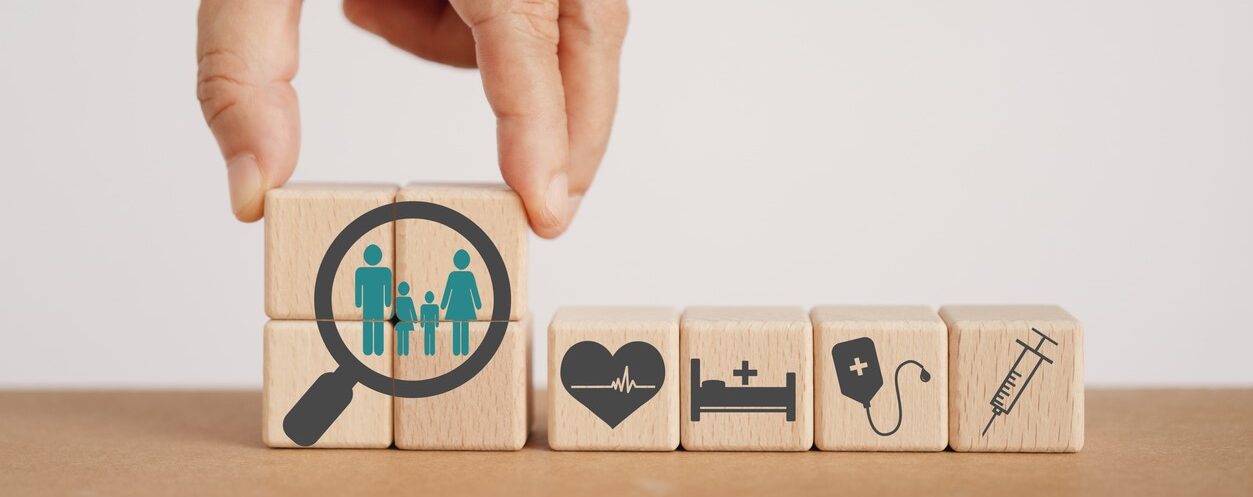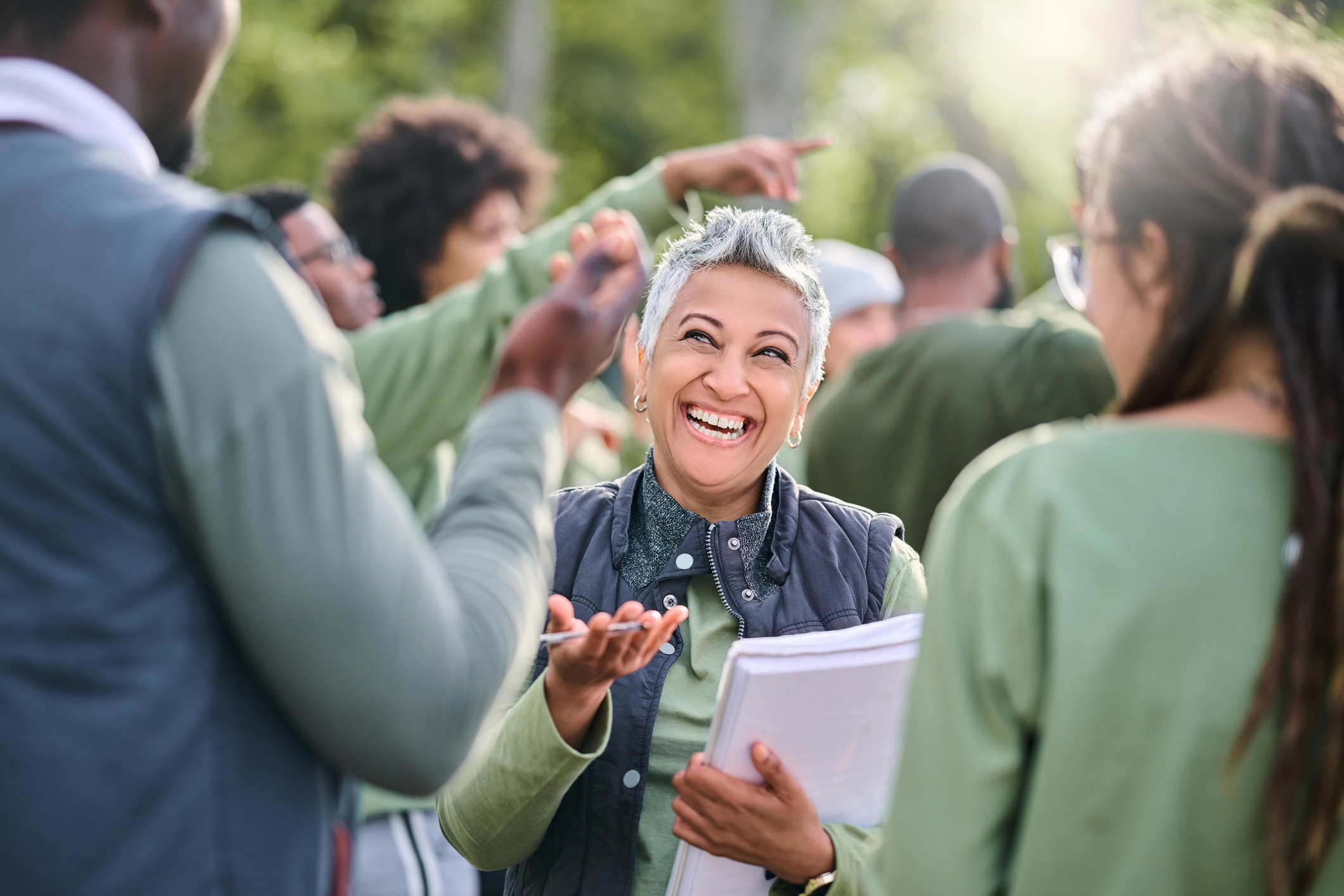Observed annually in August, National Immunization Awareness Month (NIAM) highlights the importance of vaccination for people of all ages. Some vaccines prevent the spread of diseases, while others protect people from serious illness. Vaccines have saved millions of lives worldwide.
This awareness month is an opportunity to understand vaccines’ role in our overall health, their safety record, and how they fit into the larger picture of individual, community, and public health.
Childhood vaccinations
Infants and children are vaccinated against numerous infectious diseases based on a schedule recommended by pediatricians and vaccine experts. Following the recommended vaccine schedule gives children the best protection from preventable diseases and protects communities against outbreaks. Children often receive vaccines during well-child care visits or in preparation for a new school year.
Vaccines during adulthood
Vaccines aren’t just important for kids – adults need them too. Vaccination is recommended throughout life to prevent vaccine-preventable diseases and the complications of these diseases. Vaccines may be administered as an annual shot, to update waning immunity, or because a new vaccine was developed in response to a disease threat. Some vaccines are recommended for receipt during adulthood as the risks of certain diseases increase later in life. Adult vaccine recommendations may be based on age, health history, underlying risk factors, travel, occupation, and previous vaccinations.
Immunization supports healthy communities
Vaccinations function as a core element of public health infrastructure. Much like clean water systems or food safety regulations, immunization programs operate in the background to reduce the risk of disease across entire populations. When maintained effectively, they prevent disease spread, reduce demand on healthcare systems, and support uninterrupted access to work, school, business activities, and community life.
The strength of any vaccine infrastructure is rooted in convenient, no-cost access, reliable public communication, public confidence, and sustained uptake. Disruptions, whether due to healthcare access gaps, shifting policy priorities, or declines in public trust, can lead to the return of diseases that had achieved elimination status. Elimination status means that cases of the disease are not naturally occurring within a specific geographic area, however, infections can still happen when an infected person travels from one area to another. Elimination status is jeopardized when vaccination rates drop, and illnesses begin to circulate in communities. Recent increases in measles and pertussis cases in parts of the United States reflect the consequences of uneven vaccination rates in some U.S. communities or in other countries.
Disease elimination requires continued vigilance
Vaccines have significantly reduced the incidence of many infectious diseases in the U.S., with some being eliminated. However, it’s important to note that elimination is not the same as eradication. Disease eradication is when a disease is permanently eliminated, with no new cases from any source. Unfortunately, recent data indicate a resurgence of certain illnesses:
- Measles: Measles was officially eliminated in the United States in 2000, meaning that new cases were associated with a person who contracted the disease while traveling outside of the U.S.However, in the first seven months of 2025, the U.S. reported over 1,333 measles cases across 40 jurisdictions, the highest annual count since 1992. The majority of these cases occurred among unvaccinated individuals, highlighting the consequences of declining vaccination rates.
- Whooping Cough (Pertussis):The number of cases surged in 2024, with six times as many identified cases as in 2023, and 2025 case numbers remain elevated. This surge is linked to decreased childhood vaccination rates and underscores the importance of receiving recommended vaccines.
These trends emphasize the need for continued vigilance in vaccination efforts to prevent the reemergence of preventable diseases.
Immunization’s role in overall health and emergency preparedness
Vaccines serve not only as a means of individual protection, but also as a mechanism for ensuring community health and supporting a strong economy. Investing in the immunization pipeline and infrastructure means investing in the long-term resilience of communities.
To strengthen the role of immunization in supporting health and community resilience, TFAH’s reports Pathway to a Healthier America: A Blueprint for Strengthening Public Health for the Next Administration and Congress and Ready or Not 2025: Protecting the Public’s Health from Diseases, Disasters, and Bioterrorism outline several policy recommendations aimed at reinforcing the nation’s immunization infrastructure and access, including:
- Ensuring access to and affordability of health insurance.
- Preserving access to recommended vaccines without cost sharing. Research shows that even small co-payments can be barriers to people getting preventive services like vaccines.
- Investing in the Centers for Disease Control and Prevention (CDC) workforce and infrastructure, which work with states and communities to detect and prevent outbreaks.
- Sustained funding for CDC’s National Immunization Program, which supports vaccine infrastructure, outreach, and access and outbreak response at the federal, state, and local levels. The Vaccines for Children program, which provides free vaccines to children in the U.S. whose families couldn’t otherwise afford them, also relies on the infrastructure and public health workforce funded by this program.
- Providing resources for public health communications strategies, including effective communications about the safety and efficacy of vaccines.
- Ongoing funding for the Antimicrobial Resistance Solutions Initiative, which includes prevention strategies tied to immunization.
- Accelerated development, stockpiling, and distribution capacity for vaccines in response to emerging threats.
- Enhanced demographic data collection and analysis to ensure vaccine efforts reach communities that experience health and economic disparities.
These priorities reflect the role of immunization not just in public health response, but in prevention at the population level. When vaccine systems are well-funded and equitably implemented, they allow for stronger disease protection in everyday life and community level resilience during public health emergencies.
Maintaining continuity in immunization
Immunization is not a one-time decision; it is an ongoing element of preventive healthcare. Over time, the immunity created by a vaccine can weaken making a booster dose important. In addition, a virus can change or mutate making the original vaccine less effective and a reformulated dose necessary. Also, as new data emerges showing changes in disease patterns, vaccine recommendations may change.
Like other foundational aspects of health, such as preventive care, good nutrition, physical activity, and healthy environments, vaccination is most effective when integrated consistently over time. It is one part of a broader health strategy, supporting both individual well-being and community health.
Recommended resources:

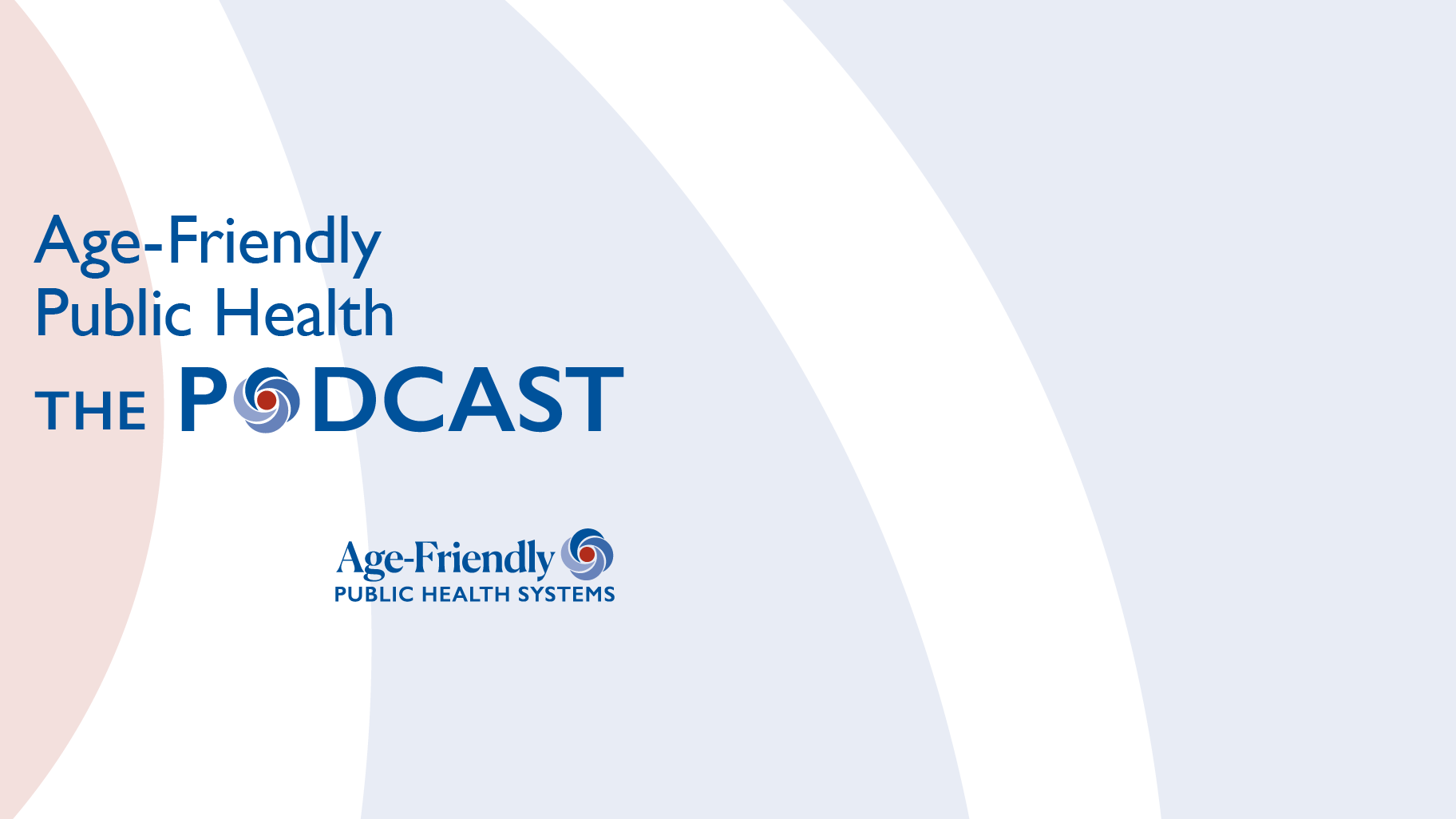

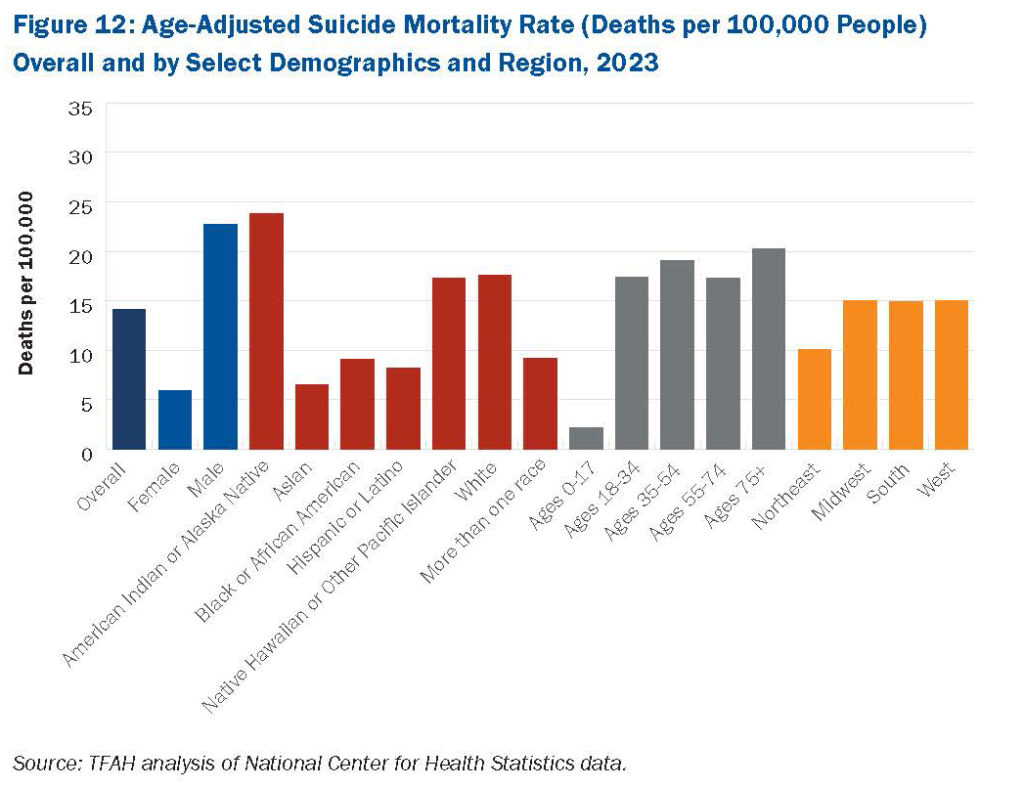 According to the latest edition of Trust for America’s Health’s
According to the latest edition of Trust for America’s Health’s 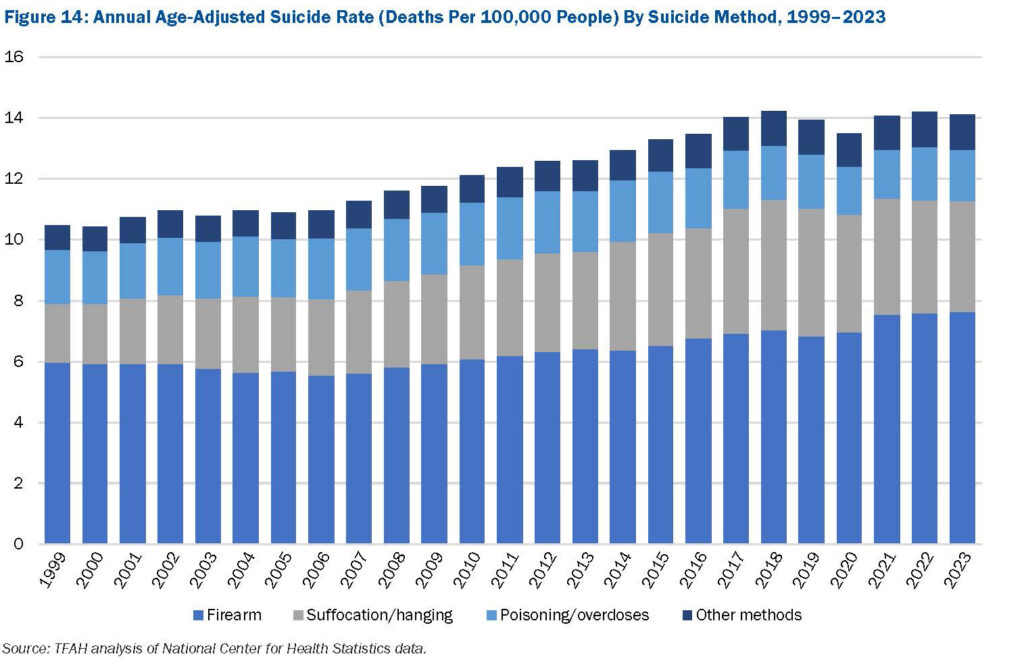 Some of the highest age-adjusted suicide rates are seen in males and adults ages 75 and older. Suicide rates in
Some of the highest age-adjusted suicide rates are seen in males and adults ages 75 and older. Suicide rates in 
 Megan: The Guide can be used by anyone who wants to build expertise in healthy aging, especially from a public health perspective. Our vision is that entire health department staffs will use it, but it’s also perfect for individuals or small teams to work through together.
Megan: The Guide can be used by anyone who wants to build expertise in healthy aging, especially from a public health perspective. Our vision is that entire health department staffs will use it, but it’s also perfect for individuals or small teams to work through together.